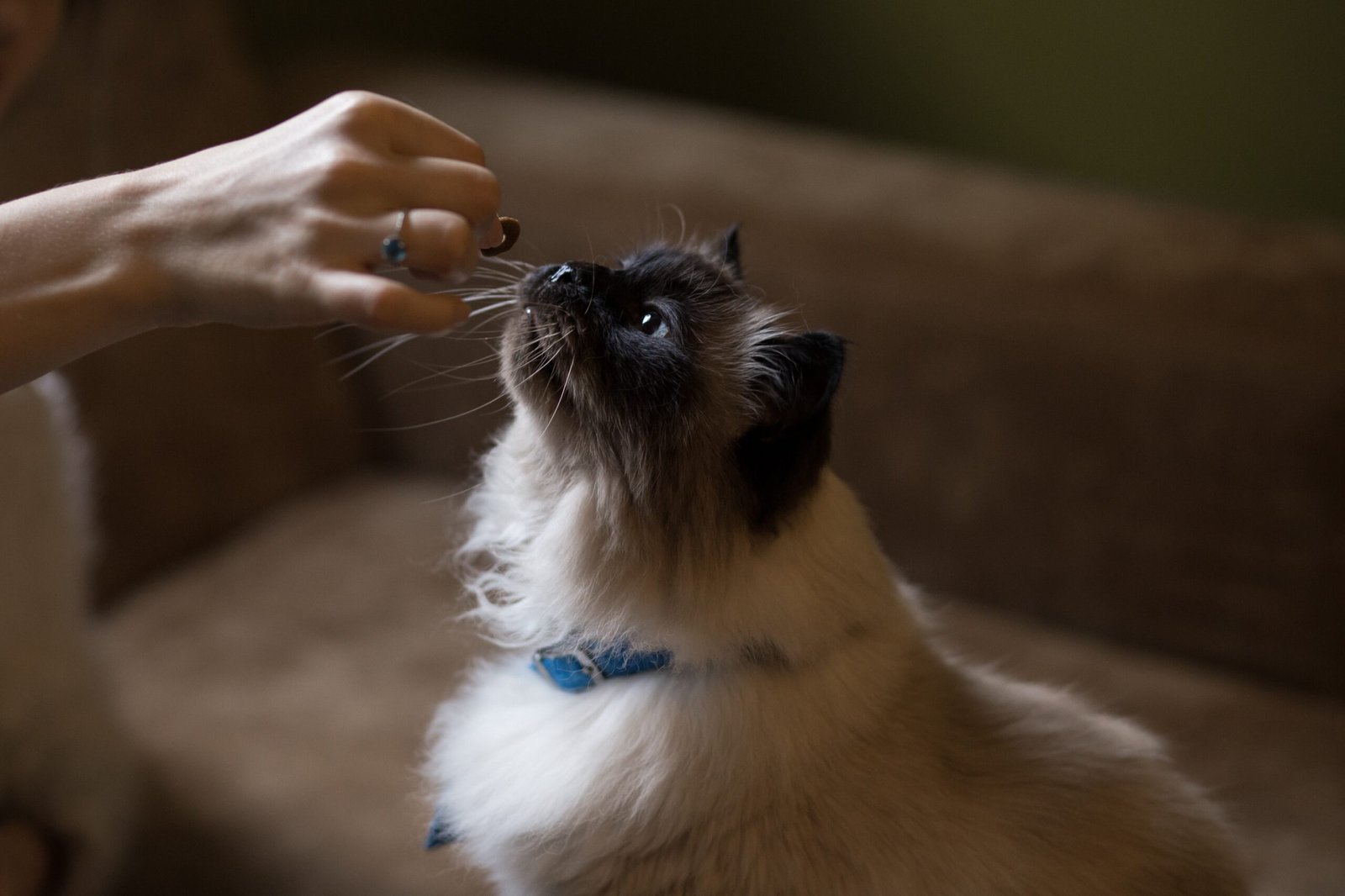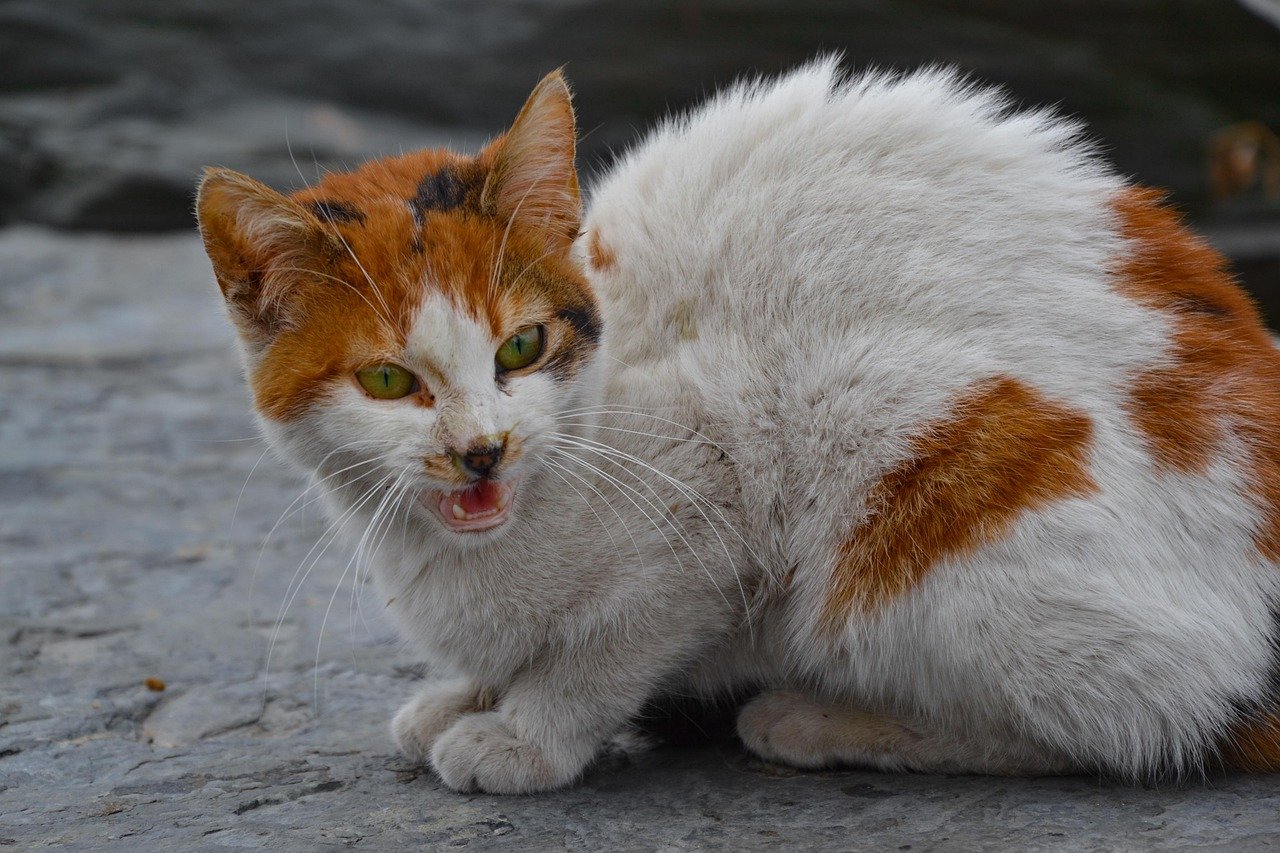Have you ever come home to find your beloved cat hissing at a new family member, or perhaps swatting at a visiting pet? Territorial aggression in cats is more common than most people think, and it can be both heartbreaking and frustrating to watch your furry friend transform from a cuddle bug to a little tiger. If you’re a cat lover who wants a peaceful household, understanding and managing this type of behavior is crucial. Let’s dive into eight effective ways to handle territorial aggression in cats and create a calmer, happier home for everyone—both two-legged and four-legged.
Recognize the Signs of Territorial Aggression

Cats may be small, but when it comes to their territory, they don’t mess around. Territorial aggression is a common—but often misunderstood—behavior in cats, and it can turn your peaceful home into a tense battleground. Whether your feline is lashing out at other pets, guarding specific rooms, or acting out after a big change, it’s their way of saying, “This space is mine.” The good news? With patience, understanding, and the right strategies, you can help calm the conflict and create a more harmonious environment.
It’s easy to mistake a cat’s defensive stance for simple grumpiness, but there are clear signs that point to territorial aggression. Watch for behaviors like hissing, growling, swatting, spraying, blocking doorways, or staring down intruders. Sometimes, your cat might puff up its fur or arch its back to look bigger and more threatening. These signals are your cat’s way of saying, “This is my turf.” Recognizing these signs early can help you address the problem before it escalates. Understanding your cat’s body language is essential—think of it as their private code for warning others away. The earlier you spot the problem, the more peacefully you can resolve it. Always approach your cat calmly during these moments, as sudden movements can make things worse.
Establish a Secure Environment
One of the best ways to ease territorial aggression is to make sure your cat feels safe in its environment. Cats need a predictable space where they can retreat and relax. Set up cozy hideaways or elevated perches around your home—these act like “safe zones” where your cat can unwind. If you’re introducing a new pet or person, start by keeping them in separate rooms and allow them to adjust to each other’s scent gradually. Avoid moving your cat’s things (like their bed or litter box) suddenly, as this can make them feel threatened. Remember, cats thrive on routine and territory, so respecting their favorite spots helps reduce their stress. Think of these spaces as a peaceful sanctuary where your cat can recharge and feel secure.
Gradual Introductions to New Pets or People
Rushing an introduction between your cat and a new pet or guest is a recipe for disaster. Instead, take it slow and steady. Begin with scent swapping—let your cat sniff an item belonging to the newcomer before they ever meet face-to-face. Next, allow them to see each other from a distance, perhaps through a cracked door or a baby gate. Monitor their reactions and only proceed when both seem calm. Supervised, short meetings can build trust over time. Just like people need time to get used to new roommates, cats also need space to adjust. If things get tense, don’t force the interaction; patience is key to fostering a lasting peace in your household.
Provide Plenty of Resources
Resource competition is a major trigger for territorial aggression. Make sure there are enough food bowls, water dishes, litter boxes, and cozy resting spots for every cat in your home. Experts often recommend one litter box per cat, plus one extra, to avoid disputes. The same goes for scratching posts, toys, and climbing trees—multiple options reduce the need to fight over favorites. Spread these resources throughout your home to prevent crowding and ensure every cat has their own space. Think of it like siblings each having their own room and belongings; it reduces squabbles and helps everyone coexist happily.
Use Positive Reinforcement

Rewarding good behavior is often more effective than punishing bad behavior. When your cat interacts peacefully with others or stays calm in a potentially stressful situation, offer treats, gentle petting, or verbal praise. Positive reinforcement teaches your cat that sharing its territory brings rewards, not stress. Avoid yelling or using physical discipline, as this can make your cat more fearful or aggressive. Instead, redirect their attention with toys or treats and celebrate every small success. Over time, your cat will associate calm, non-aggressive behavior with pleasant outcomes, making peace more likely.
Consider Pheromone Diffusers
Sometimes, even the sweetest cats need a little extra help to feel at ease. Synthetic feline pheromone diffusers mimic the natural scents cats use to mark safe territory. Plugging in one of these devices can create a calming atmosphere, especially during stressful changes like moving or introducing new animals. Many cat owners notice their pets seem more relaxed and less likely to act out when these diffusers are in use. While it’s not a magic cure, using pheromones as part of your overall strategy can make a real difference. Think of it as a gentle, invisible hug that reassures your cat everything is okay.
Redirect Aggression with Play

Sometimes, territorial aggression is just pent-up energy looking for an outlet. Daily playtime with interactive toys—like feather wands, laser pointers, or rolling balls—lets your cat burn off steam in a positive way. Play mimics hunting behaviors, giving your cat a safe space to express its instincts. If you notice aggression building, use a toy to shift your cat’s focus away from the “intruder” and onto something fun. Regular play also strengthens your bond and helps your cat associate you and other pets with positive experiences. A tired cat is a happy cat, and regular play can transform tense moments into joyful ones.
Seek Professional Help When Needed

Despite your best efforts, some cases of territorial aggression need extra support. If your cat’s behavior is severe or puts others at risk, consult a veterinarian or a certified animal behaviorist. These professionals can rule out medical issues and design a personalized plan for your situation. Sometimes, medication or specialized training is necessary to help your cat manage its emotions. Asking for help is not a sign of failure—it’s a loving step towards a happier, safer home. Remember, every cat is different, and some need more guidance than others to overcome their fears and find harmony.
Would you have guessed your cat could feel so much about their space?
Jen is a passionate nature lover and ocean conservationist. She has dedicated her life to protecting the environment and preserving the beauty of the natural world. Growing up in a small coastal town, Jen sincerely appreciated the ocean and its inhabitants. She has spent countless hours exploring the shoreline, learning about the creatures that inhabit the waters, and advocating for their protection. Jen is an active member of ocean conservation organizations, and she is committed to educating the public about the importance of conserving wildlife and the natural environment.





